skope™-i
A robust and versatile image reconstruction software package that relies on a solid mathematical groundwork to deliver precision MR imaging and allows you to move your neuroscience and sequence development forward.
- Implementing advanced image reconstruction algorithms requires experienced programmers
- Maintaining an image reconstruction codebase is time-consuming
-
Making best use of the available computational power is not always straight-forward
MRI is one of the most versatile imaging modalities. Image encoding can be performed in countless ways, which leaves room for further optimization and the development of new imaging sequences. Image encoding should not be limited by the capabilities of the image reconstruction pipeline. The aim of Skope’s Image Production software is to provide a generic framework that does not make any assumptions about the used encoding strategy.
Focus on your actual research interest instead of spending time on implementing and testing advanced reconstruction algorithms from scratch. Use the capabilities of skope-i to accelerate your research and expedite scientific discoveries.
Explore new trajectories
The possibility to monitor trajectories and use the data in a straight-forward fashion for image reconstruction allows you to speed up development and easily explore new sequence designs such as the multi-band spiral shown below. Hardware imperfections and non-linearities such as gradient delays and eddy currents do not require any special consideration because they are already included in the measured trajectories.
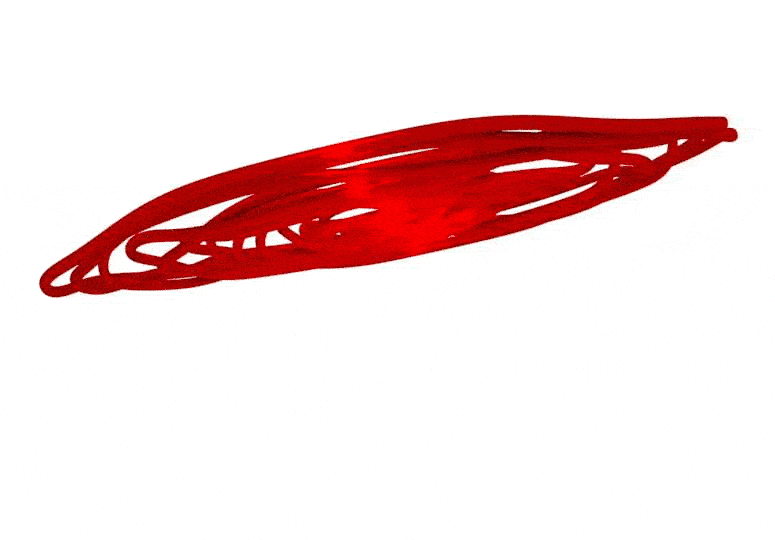 |
Boost your SNR by exploiting the increased sampling flexibility
Choosing the best acquisition strategy is not a trivial task and strongly depends on the intended application. Signal-to-noise ratio (SNR), contrast-to-noise ratio (CNR), acquisition efficiency and achievable spatial resolution are only some of the factors that need to be considered when deciding for a sampling pattern.
Eddy currents, drifts, and other field fluctuations are detrimental to image quality. Including their measurements into the image reconstruction process provides additional freedom to the sequence developer.
Eddy currents caused by the strong diffusion gradients are in fact the most important source of image artefacts in the domain of diffusion-weighted imaging. Eddy-current nulling strategies can be used to mitigate these effects at the expense of longer echo times and lower SNR. By field-monitoring the readout trajectories, you can forgo these compensation methods and simplify the acquisition. In the example shown below, an EPI and a spiral diffusion-weighted acquisition with a single refocusing RF pulse are compared. The shorter echo time (TE) of the spiral readout directly translates into a higher SNR, which could be traded for a higher spatial resolution.
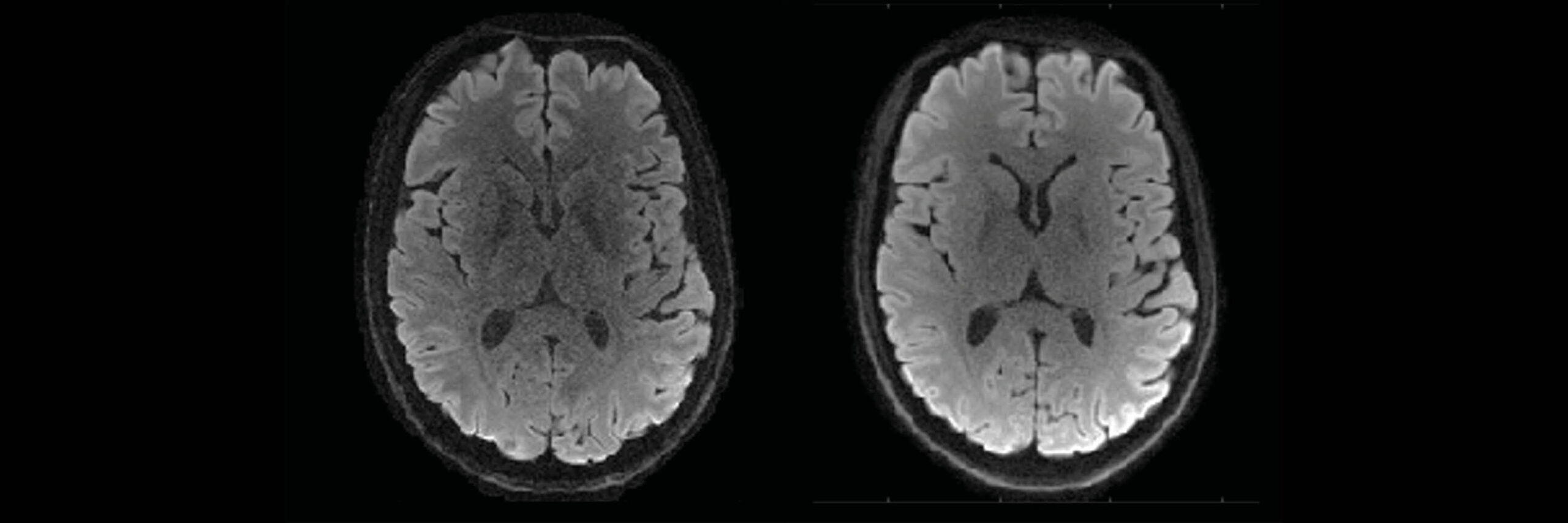
Add consistency to your data
Concurrent monitoring allows to capture effects that are hard to characterize or intrinsically non-reproducible. Some of these effects originate from the scanner hardware such as long-lived eddy currents. Others are due to the physiology of the subject (e.g. breathing). These field fluctuations disturb the image encoding process and reduce image consistency.
Incorporation of these non-idealities into the reconstruction process provides geometrically consistent images that do not require any further post-processing. The slider below show images of a spherical oil phantom for different diffusion directions obtained by using the reconstruction pipeline of the scanner vendor or skope-i.
Thermometry is another application that can greatly benefit from accurate knowledge of the field evolution. Field monitoring and the incorporation of the information that it provides into the image reconstruction process allow to increase the accuracy of the obtained phase difference images.
Sharpen your images
Gradient delays, eddy currents, and gradient non-linearities can reduce the quality of your images. Use skope-i to incorporate actual encoding dynamics into the image reconstruction process and increase image quality. Aside from the typical linear k-space terms (kx, ky, kz), skope-i allows to extend the image reconstruction to higher orders and capture field fluctuations that would otherwise create image artefacts.
The figure below shows single-shot spiral diffusion images reconstructed based on nominal and field-monitored trajectories up to third order.
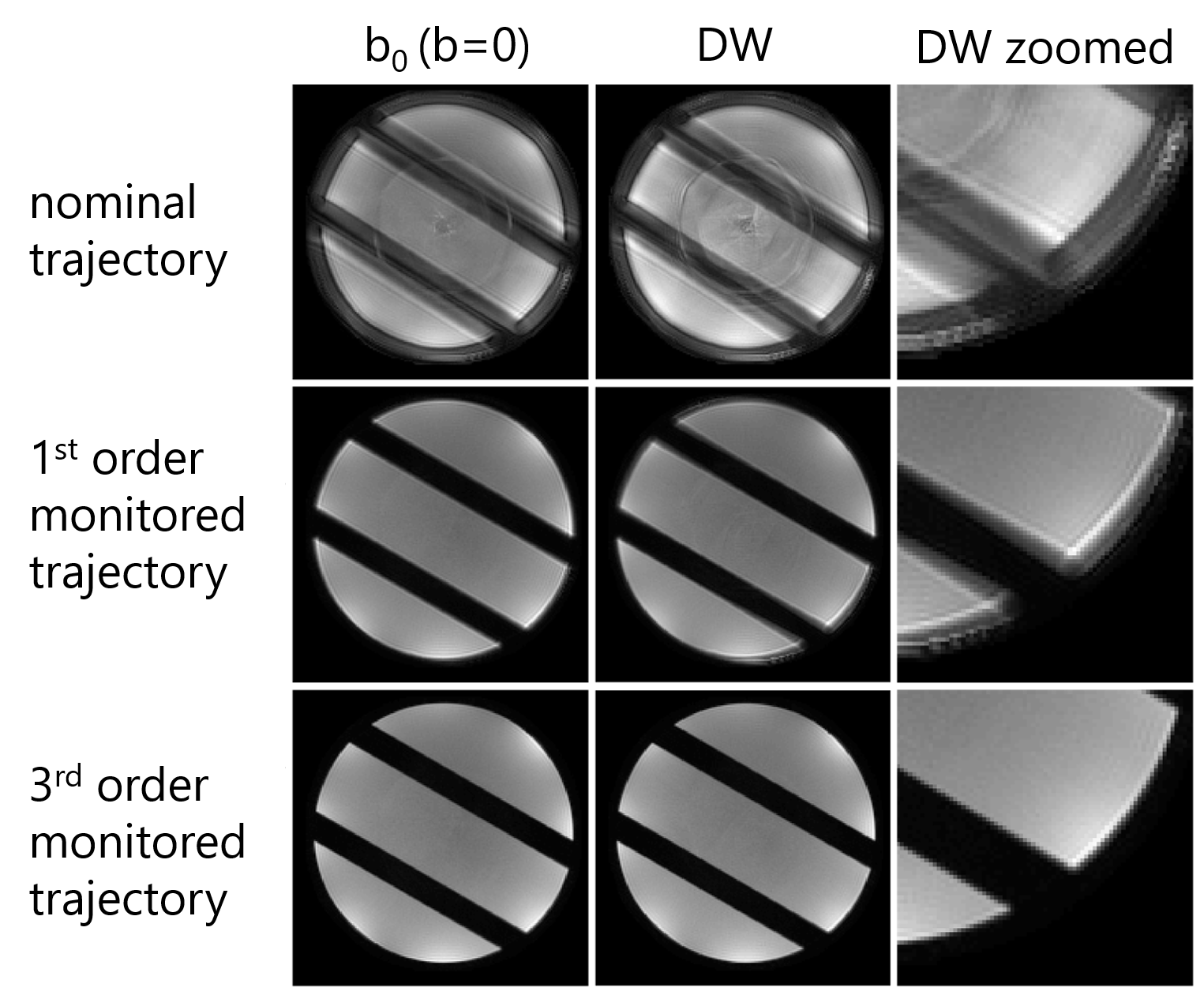
Image reconstruction based on field-monitored trajectories
Scanner gradient coils are highly optimized pieces of hardware that can play out gradient waveforms with a high degree of fidelity. However, some small deviations from the requested k-space trajectory are unavoidable either due to the physics governing field generation or external non-linear effects caused by heating or the presence of the subject in the bore. Even small deviations can visibly decrease image quality. Common artefacts are ghosting, displacement, shearing, ringing or contrast variations.
Skope’s Field Cameras allow to measure these dynamic changes. The applied field can be represented at a given time point via a linear combination of adequate basis functions. Most commonly, spherical harmonics up to a certain order are used for the expansion. Once the coefficients are known, the signal equation can be generalized to also include higher order terms in the image reconstruction process.
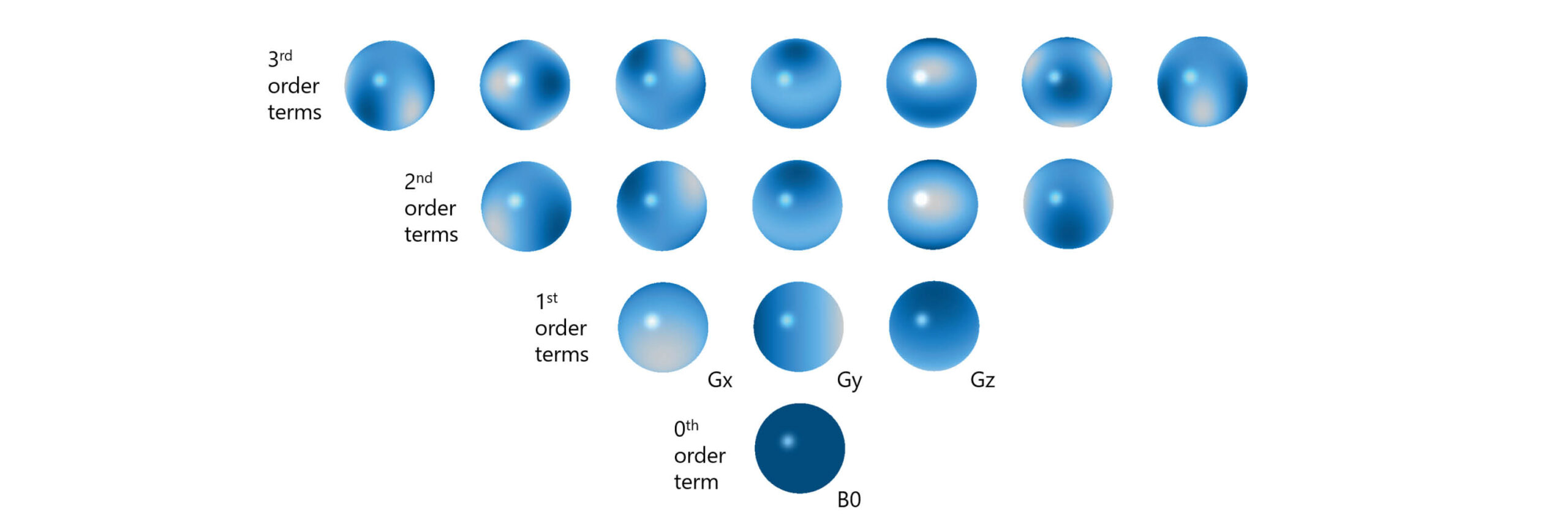
Share your data and reconstruction pipeline
Easily use and share your merged camera and scanner data that are stored in the open-source ISMRMRD format. Skope maintains a freely available converter on GitHub to facilitate data conversion. The reconstructed images and maps are stored as either DICOM, PNG, or MATLAB files.
Script your reconstruction pipeline in Python or MATLAB and seamlessly integrate skope-i into your workflow either on Windows or Linux.
Easily merge camera and scanner data
Use the tools provided by skope-i to resample and align the measured trajectories with the scanner data. The animation below demonstrates how the k-space data corresponding to the scanner acquisitions (ADC events) are cut out from the measured trajectories for a multi-echo gradient-echo scan. The merged dataset is stored in the ISMRMRD format. It can be used as input for reconstruction with skope-i or easily be shared with collaborators.
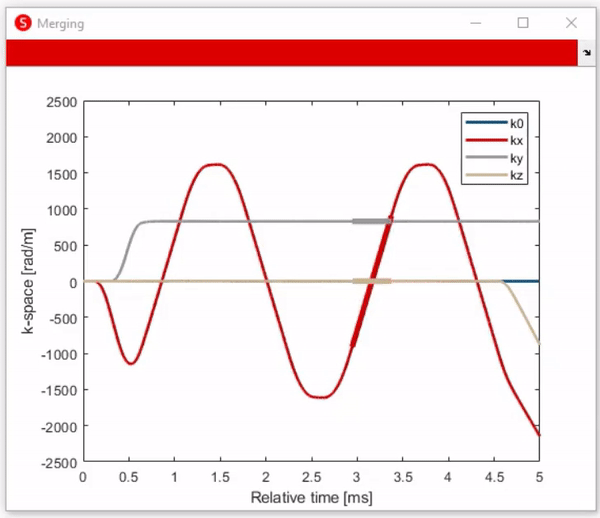 |
Correct for static B0 field inhomogeneities
Skope’s Field Cameras capture dynamic changes of the encoding fields. Static field inhomogeneities are taken into account by skope-i via B0 field maps generated based on a multi-echo gradient-echo scan. The B0 field correction reduces shifts or blurring depending on the used encoding scheme.
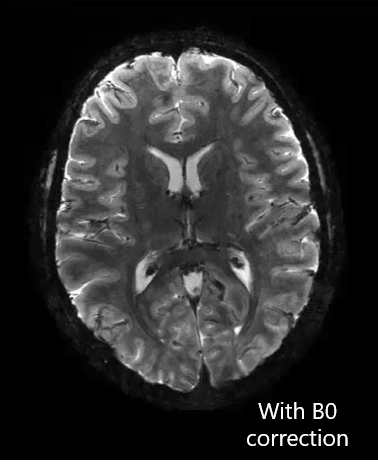 |
Courtesy IBT, ETH Zurich and University of Zurich
Accelerate your data acquisition
A generalized iterative conjugate-gradient SENSE algorithm forms the core of skope-i. It allows to exploit the image encoding power provided by the coil and combine it with advanced sampling strategies. As a result, data acquisition can be sped up without sacrificing image quality.
Leverage all your computational power
Advanced iterative reconstruction algorithms are computationally demanding. skope-i allows you to perform reconstructions on multiple CPUs and GPUs and reduce the time needed for image generation.
| ISMRMRD data conversion
Utility function to facilitate the usage of the open-source ISMRMRD converter. |
Data synchronization
Automatic temporal alignment of the camera and scanner data for subsequent merging.
|
Data merging
Automatic resampling and cropping of the acquired k-space data to match the scanner acquisitions. |
|||
| Static B0 field map generation
Generation of static B0 field maps based on a dual-echo gradient-echo scan including phase unwrapping.
|
Sensitivity map generation
Generation of smoothed and extrapolated sensitivity maps based on a gradient-echo scan.
|
CG-SENSE reconstruction
Signal decoding based on a generalized iterative conjugate-gradient SENSE algorithm.
|
|||
| Static B0 correction
Static B0 field correction via a multi-frequency interpolation or explicit integration into the decoding matrix.
|
2D gridding reconstruction
Two-dimensional gridding with a Kaiser-Bessel interpolation kernel on one or multiple CPUs.
|
2D higher-order reconstruction
Explicit inversion of the encoding matrix to incorporate higher-order field terms in the image reconstruction process.
|
|||
| Nominal trajectory merger
Generation of nominal trajectories for cartesian gradient-echo scans based on the ISMRMRD header information and merging with the acquired scanner data. |
Data export
Storage of reconstructed data as DICOMs, PNGs, or MATLAB files. |
Multi-platform and multi-language support
Installers for Linux (Ubuntu 18.04 LTS) and Windows 10. Example scripts for MATLAB and Python. |
| GPU acceleration
The GPU software extension allows you to run your image reconstruction on one or multiple GPUs and decrease reconstruction times. This option is recommended for computationally demanding higher-order reconstructions which are commonly used for diffusion-weighted imaging. This extension is only available for CUDA-capable NVIDIA graphics processing units. |
|
| Multi-shot spiral diffusion imaging
The multi-shot diffusion imaging extension allows to combine data from multiple diffusion-weighted spiral interleaves. Motion induced phase variations are corrected using a SENSE-based method. The combination of multiple interleaves allows you to boost SNR and acquire high-resolution diffusion-weighted images. |
|
| Simultaneous multi-slice imaging
Accelerate your data acquisition with simultaneous multi-band imaging and reconstruct your data with skope-i. |
